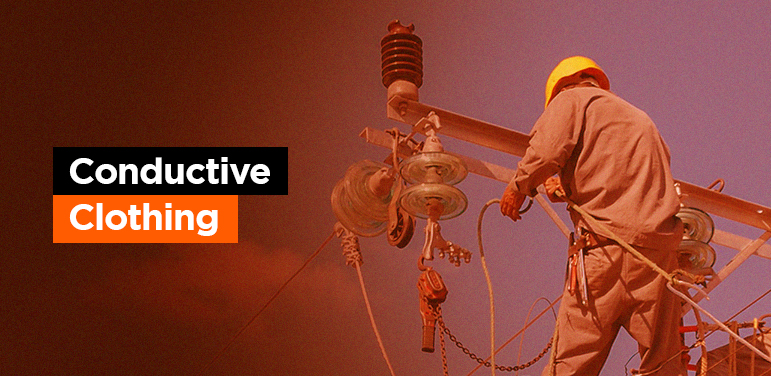What is Conductive Clothing? Conductive clothing refers to garments that incorporate conductive materials – such as metallic fibers, conductive polymers, or carbon-based yarns – into textile structures. These garments are specifically engineered to control or redirect electrical currents in hazardous environments. Conductive clothing is made of natural or synthetic material with woven or knitted fabric …
Read More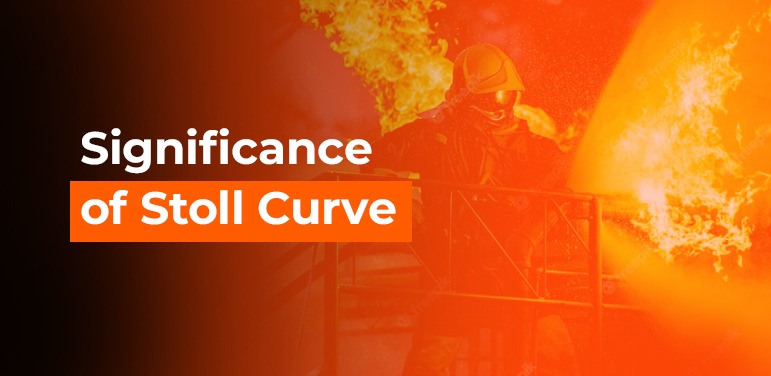
Stoll Curve and its Significance in Heat and Flame Protection
The human skin is very sensitive to temperature. When the skin temperature reaches 45°C, the person will have a burning feeling. When the temperature reaches 72°C, it will cause second-degree burns to the skin. Alice Stoll and Maria Chianta in the latter half of 1960s, conducted a series of experiments on live, anesthetized test subjects. …
Read More
Do emblems and decorations on flame-resistant clothing need to be flame resistant?
Flame-resistant clothing (FRC) is crucial for protecting individuals working in high-risk environments involving fire and heat hazards. FRC is designed to resist ignition, self-extinguish, and minimize burn injuries. Specific emblems & decorations like embroidery, heat transfer etc. may be used on the FRC for representation of company logos, norms that the garments meet or any …
Read More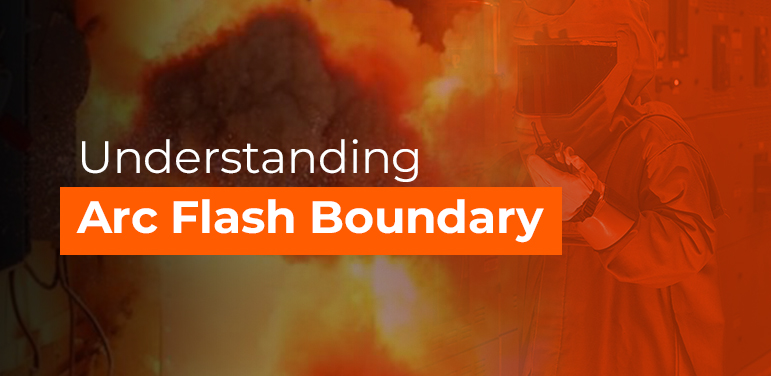
Arc Flash Boundary
Arc flash hazards can occur in any location where electrical equipment is present. Some common locations where arc flash hazards may be present include: Power generation facilities, such as power plants and substations Industrial facilities, such as factories and manufacturing plants Commercial buildings, such as office buildings and retail stores Data centres and other computer …
Read More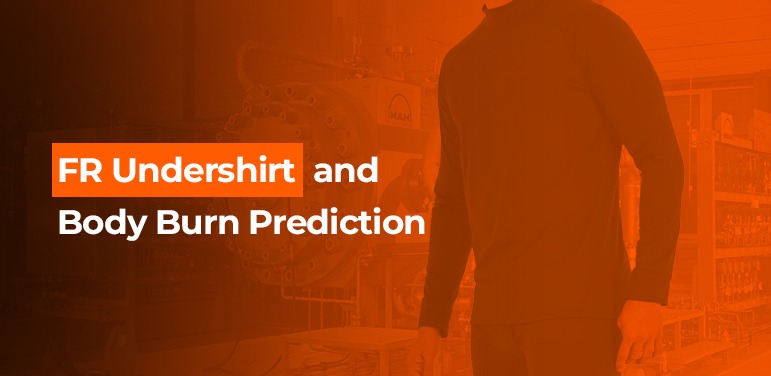
Why you should wear an FR undershirt? Body burn prediction
Importance of Base Layers with Flame Resistant & Arc-Rated Clothing What do standards say about undershirts or base layers with Flame Resistant Clothing? What are the options available for better protection? How to understand the best practice? These are the question we come across very often and for good reasons. It is not uncommon to …
Read More
Understanding Arc Flash PPE Categories As Per NFPA 70E
Performance of risk assessment is pertinent before the commencement of any work. NFPA 70E: Standard for Electrical Safety in the Workplace sets out specific norms and regulations for the employer to ensure electrical safety and occupational health for the workers. Employee exposure to electrical hazards must be assessed and the subsequent risk control method must …
Read More
COVID-19: Caring for your Flame-resistant / Arc rated Clothing (FRC / ARC)
The COVID-19 (C19) pandemic is the most crucial global health calamity of this century and the greatest challenge that mankind has faced since the 2nd World War. It has rapidly spread around the world posing enormous health, social and economic challenges to the entire human population. Almost all nations are struggling to slow down the …
Read More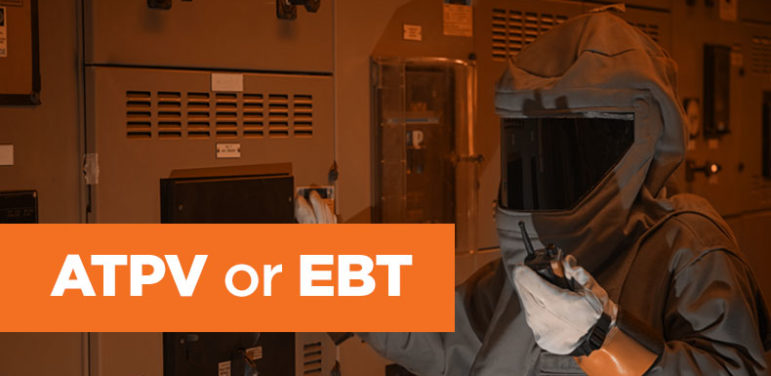
Arc Rated Textile material: ATPV or EBT – Which one is better?
A common question in arc flash clothing protection values is whether an ATPV or an EBT is better in protection in an Arc rated clothing system. Under the ASTM F1959/F1959M (The Standard Test Method for Determining the Arc Rating of Materials for Clothing) it is observed that some materials allow body burn predictions to be …
Read More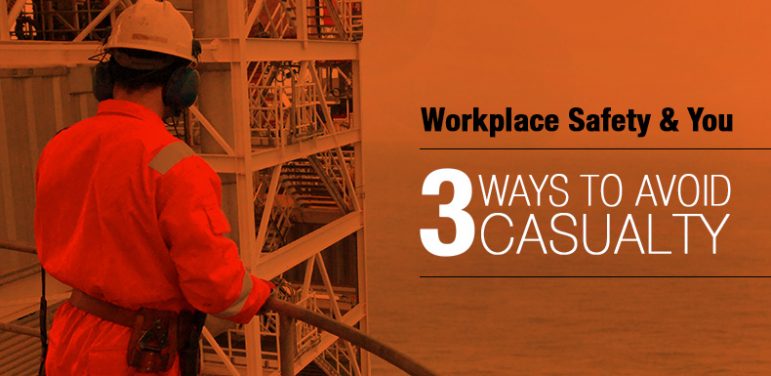
Workplace safety & you- 3 Ways to avoid casualty
Very recently, on 6th May 2017 an accident was recorded, where two workers were killed and a few severely injured when molten iron accidentally fell on them. This unfortunate incident happened at a Govt. Steel plant in West Bengal, India. The accident happened due to fall of molten steel out of a ladle which was …
Read More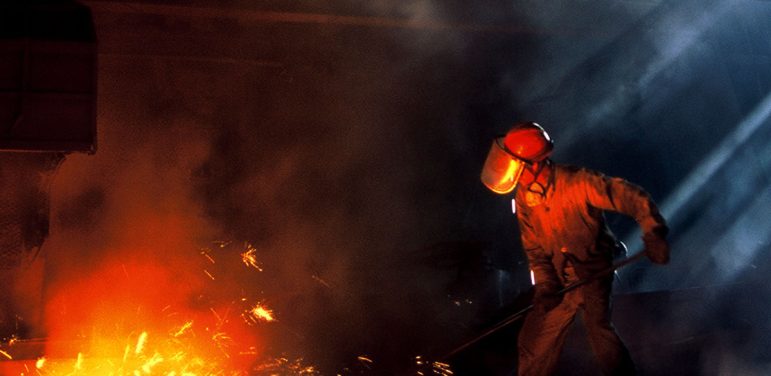
Evolution of FR Clothing
“Necessity is the mother of invention.†The famous proverb befits the case of the evolution of Flame Resistant Protective clothing. Protective clothing has been in existence since the time before Christ when the kingdoms and dynasties like Greeks and Persians had forged war. People wore mechanized garments which would stand tough and sturdy in difficult times. …
Read More
